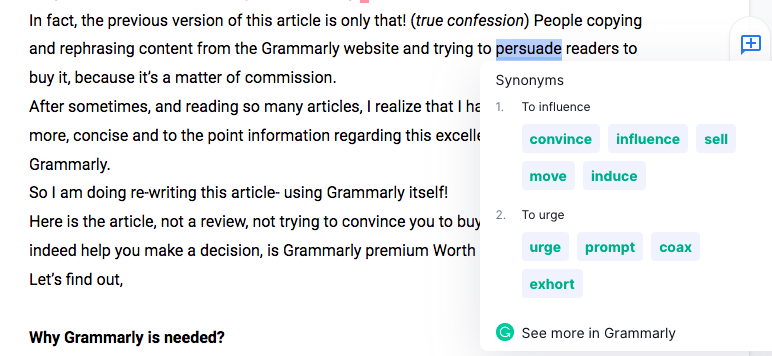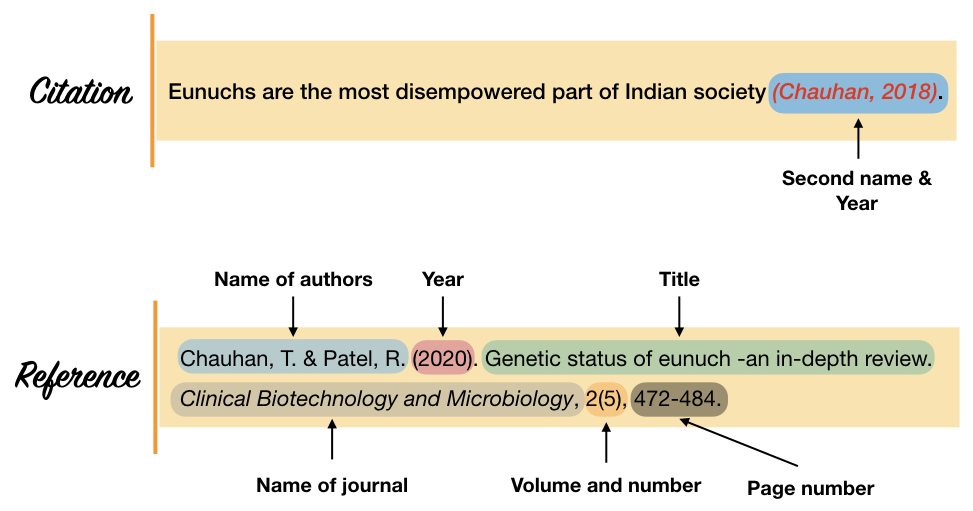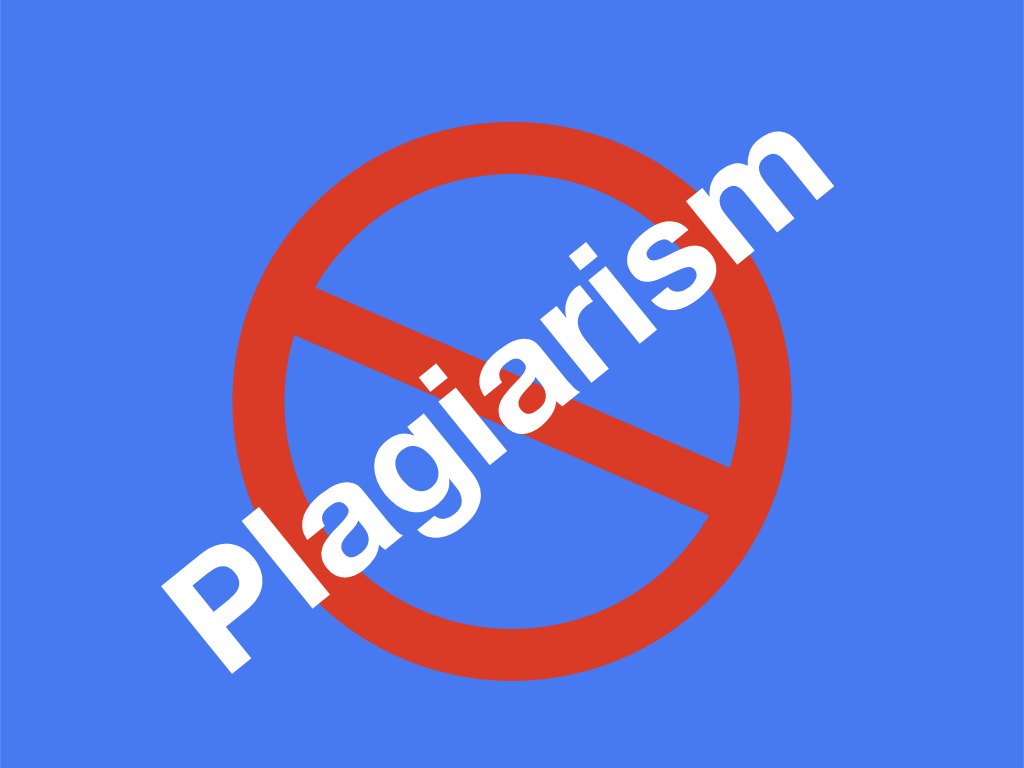Thesis proofreading is a process to correct all the common mistakes, technical parameters, Sentence structure and other problems that occur in the thesis.
Writing is indeed easier than proofreading. You can write anything but have to proofread it to make it effective. Writing a PhD thesis perhaps looks like a difficult task, but proofreading is even tougher. And that’s why it’s an expert’s stuff.
The process becomes even more difficult for those students who are from non-English background. The reason is that though they know English well, don’t understand when and how to use it.
Therefore they commonly mix up things, for example, “Haemophilia” and “Hemophilia” a term used for a genetic disorder but written differently in UK style and US style, respectively.
Writing a PhD thesis takes time, not because it’s a lengthy process and includes huge writing, but because it’s a structured process, usually takes more time. For instance, you have to write a paragraph, cite it and add reference at the end.
You also have to look after the plagiarism for that particular paragraph. So things are a bit complicated, the same is true for a research paper too. However, it is possible that over a period of time you will learn this but it takes time.
So writing and organizing a thesis is certainly a problem!
Now let’s discuss the second problem; your first impression will be last to the end, so when you bother your supervisor more with common thesis mistakes, he or she will create a negative image of yours as a student.
This is the common reason why your guide shouts at you. So what can you do? Make your first impression good. How can you do it? By writing a thesis and proofreading it accurately. When nearly no proofreading work is left for a guide, trust me, he or she will trust you.
So self proofreading a thesis assuredly takes time but has significant importance during a doctorate. Here is the article, I am trying to explain to you how you can do this, accurately (nearly 90%) without taking the help of paid services.
It’s a kind of checklist you can make, correct everything in steps and submit your thesis to your guide. Stay tuned.
What is thesis proofreading?- a quick look
“In general, proofreading is a process to closely examine every text of your thesis to find, replace or correct a text or sentence.”
Put simply, it’s a qualitative measurement to examine texts in terms of technical accuracy. A proofreader looks for spelling errors, grammatical mistakes, punctuations, sentence structure and other relevant stuff. The process should be conducted after finishing the write-up.
Also, the examiner checks other technical and non-technical parameters such as recurrent use of font style, size and margin alignment etc. The overall proofreading process will check whether the thesis is in accordance with the guidelines or not.
A Proven checklist to thesis proofreading
So I am going to explain how you can do this and will try to solve common problems; such as finding and correcting English language problems, assessing technical accuracy, adjusting the tone and language for writing and solving common mistakes.
Make a gap between writing and proofreading
Once you complete your writing part (I mean the whole part and the whole single part), take a nap, go outside, take fresh air, go for dinner and take a rest.
Yes, it’s a part of the process.
See you can do much better with a fresh eye. When you do things in a continuous process, technically, our eye-mind coordination prepares a broad image of things and so you can’t find common mistakes with tired eyes.
It’s important to take a rest for at least 48 to 72 hours; relax your eyes and start proofreading with a fresh mood. Trust me it’s a proven process, you can do a little experiment to understand this.
Write one chapter, immediately proofread it and submit it to your guide, on the other side, write a chapter, take a rest, proofread two or three times and submit. You will see a substantial difference in results.
Understand the process of writing a thesis
A thesis has a well-organized structure and must be followed by every student. Though it may slightly vary among different universities, the whole will remain the same. The ideal thesis should have;
- Abstract
- Chapter 1: Introduction and background
- Chapter 2: a review of literature
- Chapter 3: materials and methods
- Chapter 4: results and discussion
- Chapter 5: conclusion
- Chapter 6: Bibliography
Furthermore, table of contents, list of figures, tables and graphs, acknowledgment page and abbreviation page are also included in the thesis.
Check out if your thesis is in a structure or not.
If Yes, Go ahead to the next step.
Divide the proofreading process into parts
Correcting a whole thesis in a single run is nearly impossible because it’s a gigantic assay of approximately 200 to 300 pages. To get more outcomes from your proofreading process, divide the process into parts.
For instance, first, check the Introduction part, then review and so on. As I discussed in the above section, take a break at regular intervals.
Or
You can do things in steps, like Proofread chapter 1: introduction and send it to your supervisor. Then chapter 2 and so on. This process is more beneficial because, proofreading process by guide will also take time, ultimately you will get time to rest and do other rounds.
Go for spelling and grammar first
So while you are in the process, the first thing you should have to do is correct “spelling & grammar”. Non-English speaking students have to face this common problem, specifically. And it’s even hard to rectify and resolve in proofreading as well. However, the in-built grammar checker for ‘MS Word’ or ‘Pages’ does pretty well, but additional assistance is required.
In addition to this, similar words can’t even be identified and corrected. For example, may mix up with “read” and “red”; “May” and “My” etc. And trust me these types of mistakes are so lethal for your thesis and question your trustworthiness.
So what can you do?
Use AI, an intelligent AI that can do the job, just like Grammarly. You can get more information on what Grammarly is and how to use it, from here: Grammarly: Your PhD writing assistant.
Understand thesis tense, tone and speech
The ideal thesis should be in a formal academic style, with direct speech and passive voice, mostly. It’s hard to understand the in-depth English structure for everyone, but at least you can try.
Try understanding different types of tones, styles and other technical things, you can read tones of material online. Once you will understand, you can easily find major structural mistakes in your thesis.
You have to invest extra time to learn these things which ultimately helps you in all types of writing.
Word choice
Word choice has integral importance in academic writing. And therefore every word you write in your thesis is important and needs attention. It is also noteworthy to understand that the word choice must not be so complicated. Meaning it suits the sentence, tone and what it wants to tell! For example,
Instead of writing, “Our research observations are different from previous studies. “
You can write,
“Our research observations are unique from previous studies“; if it actually is unique.
Do not try to use attractive words, try to use appropriate words. Check out the image below, how Grammarly suggests words.

Use Grammarly. It will suggest synonyms as per your requirement. You can sign in for free using this link. Sign in to Grammarly
Pro suggestion for writing a review,
Avoid using Chauhan T et al., said that
Use Chauhan T et al., explained that
Chauhan T et al., reported that
Chauhan T et al., showed that
Checkout technical parameters
Technical parameters are also important in structuring the thesis. For example the font size, space between lines, margins and text type, etc. An ideal thesis should follow the parameter enlisted below,
- Text style: Times New Roman
- Text size: 12
- Space between lines: 1.5
- Margins: Marginated text
- Page size: A4 size
- Margins: 1” top and bottom, 1.5” left and write.
This is the ideal format, in addition, page numbers should be placed at the footer, every heading and subheading should have an appropriate text size. Note that do visit your University guidelines to write a thesis and do accordingly.
Go through citations and references
The most important and crucial part of the research thesis is “citation and references”. I hope you know about it, if not, quickly go through this article: Citation vs references.
I have explained this topic in the previous article. Put simply, check if you have cited every paragraph accurately, in style and correctly or not. Also, cross-validate with the list of references.
Meaning, what you cite must be there as a reference. See the example,

Importantly, both actually reduce the chances of plagiarism in your thesis.
Correct navigation
Your thesis structure should be in such a way that provides a clear, direct and easy navigation way to readers. For example, (Don’t know how to explain it, but let me try); If your thesis is on “Olseltamivir drug resistance or something”, I am looking for “the chemical structure of oseltamivir”, how can I directly navigate, if you have included it or not.
Or written precisely or not.
You can add sub-sections and indicate them in the tables of content with page numbers, let say, it’s in section 2.1.1 in a review of literature on page number 52. The process becomes easy, right.
Include,
- Index
- Table of contents
- List of figures
- List of tables
- List of charts
- Common abbreviations used
At the beginning of the article with a correct “page” number and proper navigation. Checkout if all these things are there in your thesis or not, or in the correct order or not.
Adjust the flow of writing
Writing flow drives more interest to readers, meaning, if your writing isn’t in a continuous flow, readers may disconnect and lose interest. Let’s discuss the example of “Oseltamivir drug resistance”.
You probably have to write about
- Oseltamivir drug
- Activity and mechanism of Oseltamivir
- Mechanism of drug resistance
- How does drug resistance against Oseltamivir occur
When a reader understands what the Oseltamivir is, and how it works, then they can understand the mechanism of resistance.
But
If you directly explain the mechanism of resistance without building any strong background around the topic, it’s a useless thing.
Even talking more in-depth,
When you write about the Oseltamivir drug, keep in mind to write about it only for let say, what it is, how it works, normal function, structure, sources, activity, doses etc. But if you broke the flow, and started writing something else here, it ultimately lost interest.
So what I am trying to say is, maintain the flow of writing in paragraphs and in segments.
Bonus checklist:
Do look for,
- Typographical mistakes (red/read, of/off)
- Incorrect use of articles- A, An and The
- Improper use of Apostrophes
- Common English mistakes eg. U.S or US, U.K or UK
- US and UK English style mixup, eg. Leukemia/Lukemia
Tools that help you:
Related article:7 Must-Have Thesis Writing Tools in 2021.
Wrapping up:
Writing and proofreading the PhD thesis is a lengthy and time-consuming process, we all know that but when we organize it, things become a bit easier. In addition to this, if we learn writing skills early during the PhD tenure, it becomes even easier to complete.
For example, understanding how to do correct citation and referencing early; will help you to write a thesis or research paper faster and plagiarism-free.
I hope you like the checklist and this will surely help you. Do follow this process, thrust me your 70% proofreading work will complete by yourself. And…And your guide will surely be impressed with your work.




